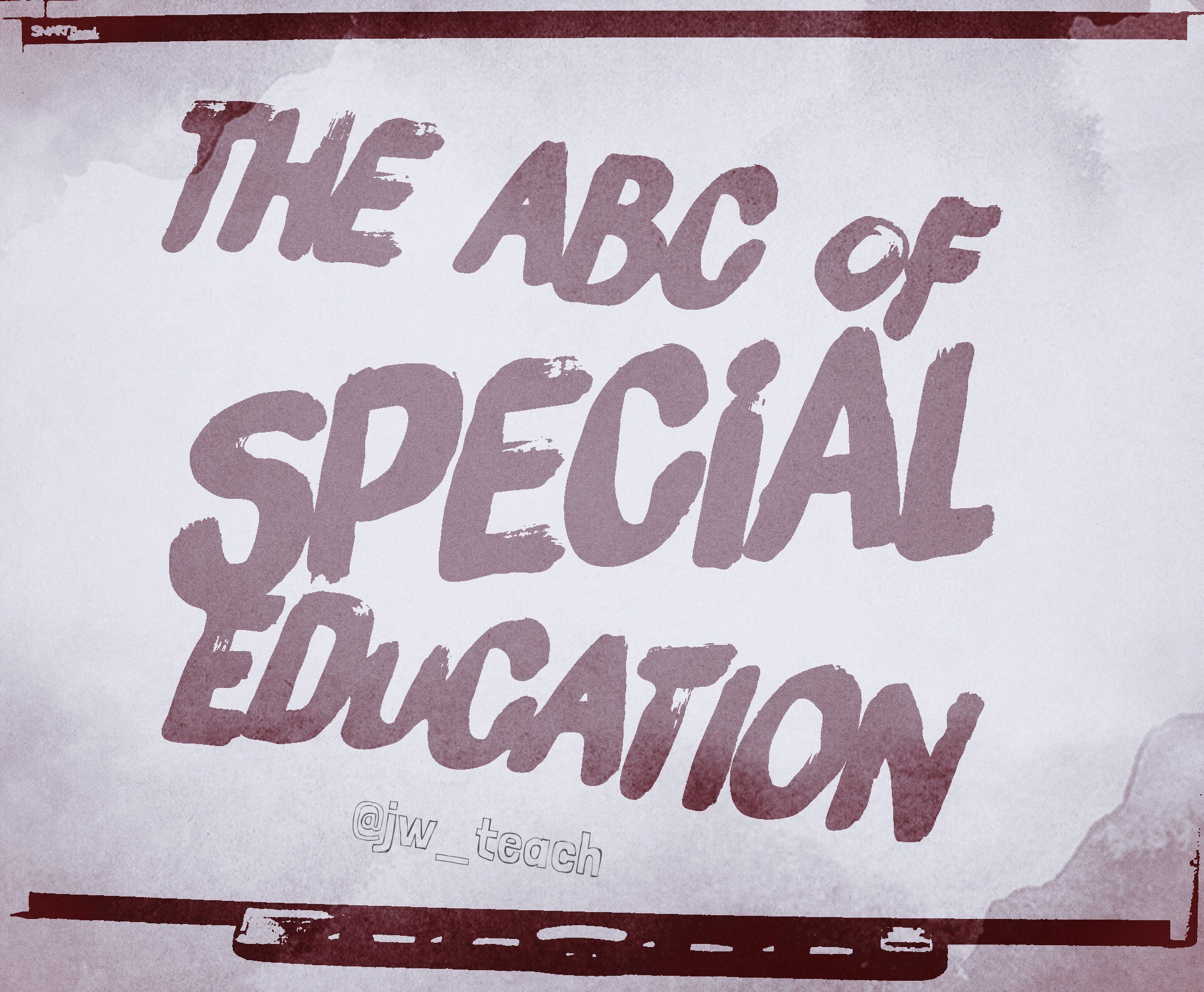10 Tips To Deescalate a Child’s Behaviour
Challenging Behaviour Deesca lation Techniques
Every day teachers, parents, and carers face potentially challenging situations. They
Many of these are proactive behaviour strategies that rely on a solid relational behaviour approach, the child must trust you. I never think we should use fear and compliance when managing classroom incidents. Teachers need a range of deescalation strategies in their toolkit.
10 Challenging Behaviour Deescalation Strategies.
- Have the best possible relationship with the child – one of my instructors likens this to an emotional bank account, you have to put in time, effort, care and attention before you can expect any interest back. Sometimes just seeing a trusted adult can deescalate a situation.

- Whan managing an incident or challenging behaviour Be mindful of your body language, gestures and facial expression, no threatening or intimidating gestures ever. Compliance through fear is abuse.
- Focus on the actions of the child, not labeling the child. “You are very rude.” Vs “That language is not helping”.
- A prime focus on the initial issue – If you are trying to deescalate a situation where a child is damaging something don’t get distracted by swearing or other secondary actions.
- Avoid an audience – A physiological escape route is vital and a lot of children will not want to back down in front of their peers. A look or comment from a passer-by can re-trigger or extend an incident that 1:1 would be coming to an end.

- Use space and time – If there is a deadline for the issue to be resolved by then you will be much more stressed, much more likely to over-intervene and over react. If you need someone to cover a class (if you are SLT please support your staff here.) Phone and have a script in your head: “I need help while I deal with a problem” vs “I need to spend some time listening to Dave.”.
- One person only to speak to the child you may think you are helping but you are just outnumbering the child.
- Make sure the child is not afraid, a scared child may comply through fear or they may lash out if they feel cornered.
- Allow access to a quiet space to calm, no distractions and let the child come to you when they are ready.
- Create space for an exit, a clash of wills accomplishes nothing and issues can be discussed more meaningfully when calm is restored.
These are all essential things to bear in mind when managing challenging situations. As teachers we need to do all we can to reduce the chance of our children being excluded.







Great advice!
Great advice! Even though I know these things sometimes I just need to be reminded of what to do and what NOT to do.
Yes, I know what you mean sometimes we all need a reminder.
A great reminder and applicable to dealing with all people, not just your students!
Thank you for the comment Rebecca, that’s very true.
Reblogged this on By the Mighty Mumford and commented:
GREAT STUFF!!!!!
Thank you so much Jonathan